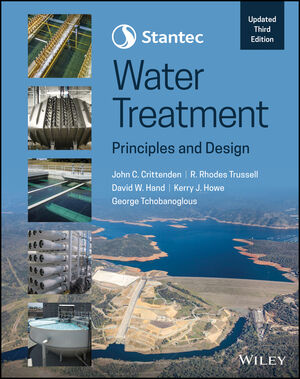A federal auditor says additives used in drilling test wells at Los Alamos National Laboratory could have masked the presence of radioactive contaminants and compromised the reliability of information on ground water contamination.
The Department of Energy's inspector general concluded the lab's methods might have been allowed under the guidelines but did not meet environmental requirements.
“The contamination in the ground water beneath the laboratory is a serious issue for the simple fact that it is not properly monitored,” said lab geologist Bob Gilkeson, an expert in drilling methods to monitor low-level contaminants.
Gilkeson took the matter to the inspector general because he believes the laboratory, with the encouragement of the state Environment Department, has installed wells that don't provide accurate information.
Los Alamos contested many of the inspector general's findings. Its response is included in the report.
Lab spokeswoman Kathy Delucas said the information was not new. “We have been reporting on these in the quarterly review meetings,” she said.
The Environment Department said it will ask the lab to report on which wells might have been impacted by drilling fluids and to prepare a plan addressing problems.
Delucas said the laboratory has been working to correct any problems. She said it plans to rehabilitate wells and a pilot project for affected wells.
The lab, under a consent agreement with the Environment Department, is required to monitor ground water, and the test wells play a key role. The lab's hydrogeological plan called for installing 32 regional wells to define the interplay of water flow and the geology of the Pajarito Plateau.
The inspector general raised the issue of mud-rotary drilling, commonly used under the Resource Conservation and Recovery Act that governs water quality. The inspector general pointed to drilling guidelines that caution that mud-rotary drilling “creates a high potential for affecting aquifer characteristics and ground water quality.” It said there are guidelines to handle the problems, including purging contaminants introduced by drilling.
The DOE, in its response, said the National Nuclear Security Administration believes each well was purged under the guidelines.
But Gilkeson, formerly a consultant on the lab's water-monitoring program, said he does not believe the matter has been resolved. He also said he pursued the issue because of efforts to discredit his findings.
Gilkeson prepared a report on ground water contamination in a regional aquifer that serves Los Alamos County. He presented it last year to a citizens advisory board chartered to give public comment on environmental issues, the Environment Department, the inspector general and Gov. Bill Richardson. “I thought just bringing the problem to the attention of responsible people would be the end of it,” he said.
The citizens-advisory group heard a preliminary report from U.S. Environmental Protection Agency researchers, who were asked by the group to review the dispute. The board will get a full evaluation Nov. 30.
Source: Associated Press





